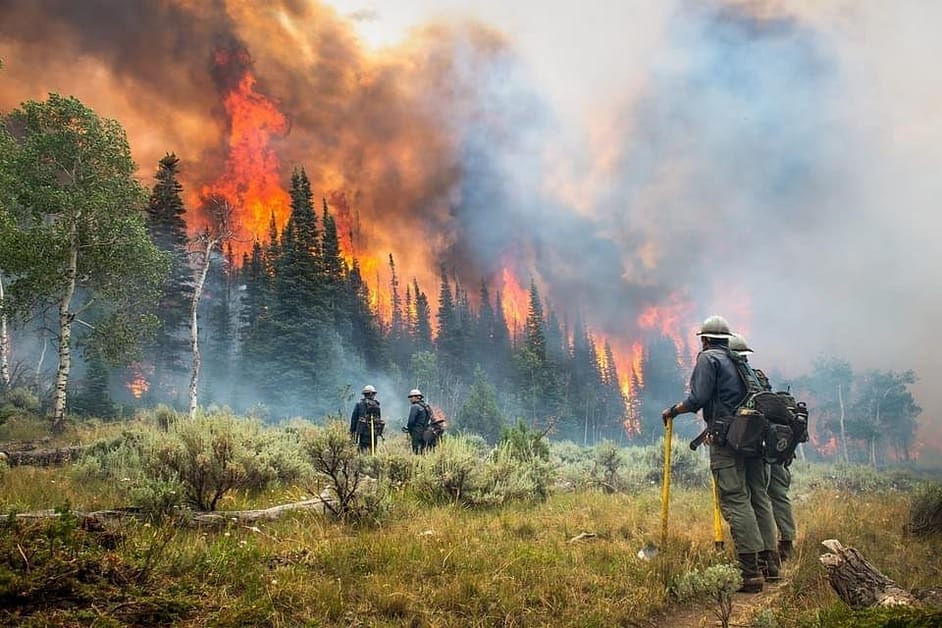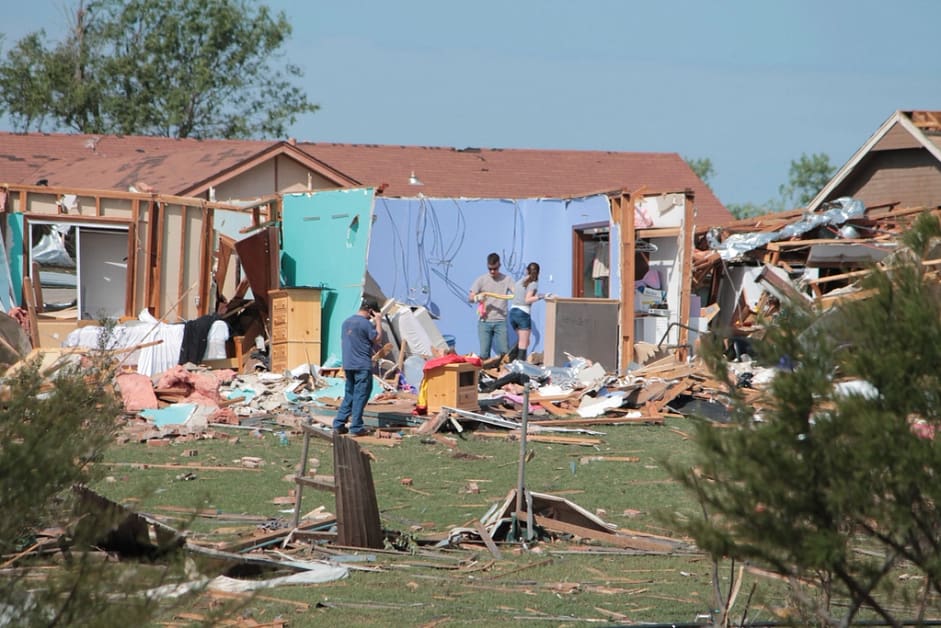
Understanding Wildfire Trends Over Time
The data overview of historical wildfire activity in the United States shows significant trends from 1970 to the present, primarily documented by the National Interagency Fire Center (NIFC). This comprehensive overview reveals fluctuations in wildfire frequency and acreage burned, demonstrating a complex evolution in fire patterns over the decades.
Wildfire Frequency and Acreage: A Decadal Analysis
In the 1970s and 1980s, wildfire frequency averaged around 100,000 to 150,000 fires annually, yet the acreage affected remained lower than in recent years, at approximately 3-4 million acres burned. Transitioning into the 1990s, NIFC data began systematic reporting, indicating about 78,600 wildfires per year, leading to an average burn of roughly 3.3 million acres, establishing a foundation for understanding modern wildfire statistics.
Recent Trends: Increased Intensity
Comparatively, the 2000s witnessed a marked decrease in wildfire frequency, falling to 70,000-80,000 annually, while the acres burned surged to 6-7 million. The narrative continues into the 2010s, with averages settling around 65,000 to 70,000 wildfires per year, peaking in 2015 and 2017. Surprisingly, by 2020-2023, while average wildfires dipped slightly, the acreage burned persisted at 7-8 million acres annually. As of March 8, 2025, 391 active wildfires highlight early-season activity, albeit minor compared to annual averages. This evolving data encapsulates the urgent discussions around wildfire management and changes in the Earths climatic environment.
US and around the World: Wildfires by Damage
- 1987 Black Dragon Fire: This fire, which burned a total of 18 million acres (73,000 km²; 28,000 sq mi) of forest along the Amur River, caused significant damage, with 3 million acres (12,000 km²; 4,700 sq mi) destroyed on the Chinese side alone and spread to the Soviet side.2
- 2010 Russian Wildfires: Drought and the hottest summer since records began in 1890 caused many devastating forest fires in European Russia, leading to substantial damages.2
- 2015 Russian Wildfires: A series of wildfires in southern Siberia killed 26 people and left thousands homeless, causing extensive damage.2
- 2019 Russian Wildfires: 27,000 km² (2.7 million ha; 6.7 million acres) were burning as of August 2, according to Russia’s Federal Forestry Agency (3.3 million ha (8.2 million acres) according to Greenpeace).2
- 2017 British Columbia Wildfires: The 2017 BC fire season is notable for three reasons: first, for the largest total area burnt in a fire season in recorded history; second, for the largest number of total evacuees in a fire season; and third, for the largest single fire ever in British Columbia.3
- 2018 California Wildfires: These wildfires were among the deadliest in recent history, with over 100 deaths in and around the village of Mati near Athens.2
- 2020 California Wildfires: These fires were among the largest and most destructive in California history, burning over 463,000 acres and threatening nearly 14,000 structures.4
- 2021 California Wildfires: Following an unprecedented heat wave in June 2021, California was once again engulfed in raging wildfires, with the Dixie Fire named the second-largest fire in California history.4
- 2023 Maui Wildfires: The Lahaina Town wildfire on the Hawaiian island of Maui is considered to be the deadliest in United States history in more than a century, with a death toll of 98 as of October 13, 2023.5
- 2024 Texas Wildfires: The Smokehouse Creek Fire in Hutchinson County, Texas, burned an estimated 1.1 million acres, surpassing the massive East Amarillo Complex fire in 2006, which scorched almost 1 million acres.45
These wildfires have caused significant damage and loss of life, highlighting the increasing frequency and intensity of wildfires in the United States.
Discover more from EAGLE HORIZON REPORT
Subscribe to get the latest posts sent to your email.




